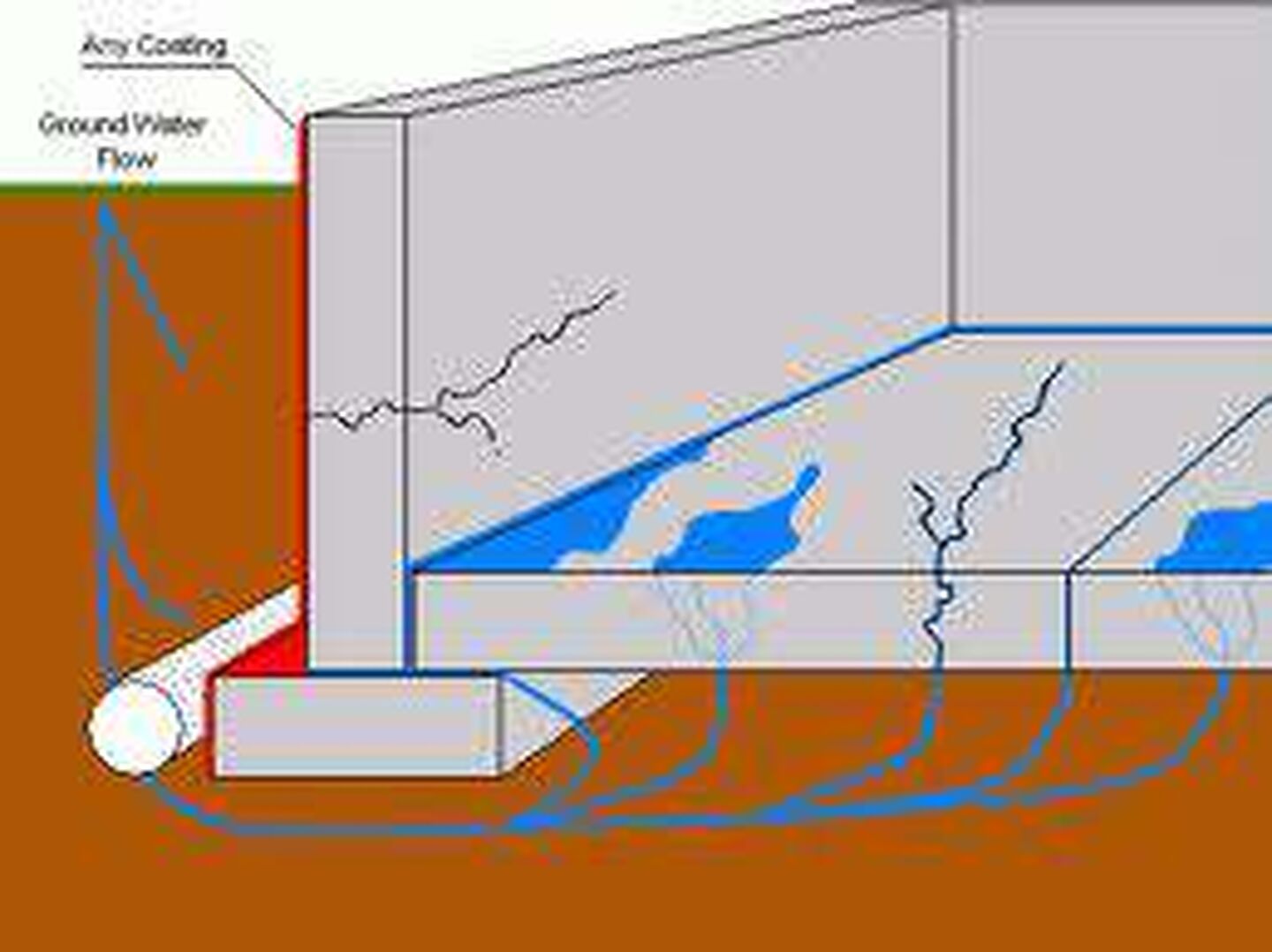How Ground Water Causes Basement Flooding

Regardless of where you live, there’s water in the ground.
OK, if you’re in Arizona or the Gobi Desert, that water’s pretty deep underground and there’s probably not a lot of it. However, if you’re in an area with moderate topography, reasonable rainfall and a few lakes and rivers, ground water is probably pretty plentiful in your area.
Typically, ground water settles at a certain level in the ground below and this level is known as the “water table.” This is a pretty consistent measurement that is determined by types of soil in the area, elevation, proximity to large bodies of water and other topographical features.
In the event, however, of a major snowmelt or prolonged heavy rains, the water table can rise and, when it does, basement water problems often occur.
How Changes in Ground Water Cause Basement Flooding
It is helpful to understand more about the water table and what affects it.
Here in the Midwestern United States, for example, there are several key factors that determine the level of ground water. A very significant one is the region’s proximity to the Great Lakes. Being near a large body of water causes the water table to be higher than elsewhere because of the lake water’s tendency to be absorbed inland and for ground water to seek the same level as lake water.
Also, the soil in this region has quite a bit of clay in it. This clay soil is less absorbent than loam or sandy soils and a substantial layer of clay can serve as sort of a sealant that holds water in.
Of course, these factors are stable and don’t change much so the water table remains relatively constant under normal circumstances. However, given a few days or more of consistent rain, or even a rapid melting of a large amount of snow, the ground absorbs a quite a bit of water and the water table rises accordingly.
So, what does this mean to your basement?
When the water table rises, it rises everywhere across the affected region and that means that it also rises underneath your foundation. This creates a drastic increase in hydrostatic pressure against the foundation and that forces water into the basement through even the most minuscule of openings.
What kind of openings? Most frequently, hydrostatic pressure forces water into a basement through the cove joint, which is a tiny space that is left between foundation walls and basement floor when the floor is poured because the fresh concrete for the floor does not bond with the cured concrete of the wall.
In addition, a small gap also exists between the base of the foundation wall and the footings because of similar separate pours during the construction process. This allows water from outside the foundation to be forced inside and up through the cove joint.
If there are cracks in the basement floor, which is likely given that most basement floors are only 2” to 3” thick, hydrostatic pressure will force water through them as well.
Preventing water seepage due to hydrostatic pressure is as simple as installing drain tile on either the interior or exterior of the foundation walls. A system of perforated pipe embedded in washed gravel, drain tile alleviates hydrostatic pressure and carries the water that causes it off to a sump pump for discharge from the foundation.
At U.S. Waterproofing, we understand how elevations in the water table and the resulting hydrostatic pressure can cause basement seepage and we have installed literally miles of drain tile on either side of the foundation to prevent it. This and other services have kept basements dry and homes healthy for more than 300,000 satisfied customers since we were founded in 1957 so why not ask for our free advice when you spot water in your basement?
Like to know more about the water table and hydrostatic pressure? Please post your questions in the Comments box below.




